Kung Pao Chicken
on May 26, 2024
This post may contain affiliate links. Please read our disclosure policy.
This version of a classic and beloved Sichuan Chinese dish features pan-fried chicken with scallions, peanuts, and a spicy red chili pepper sauce.
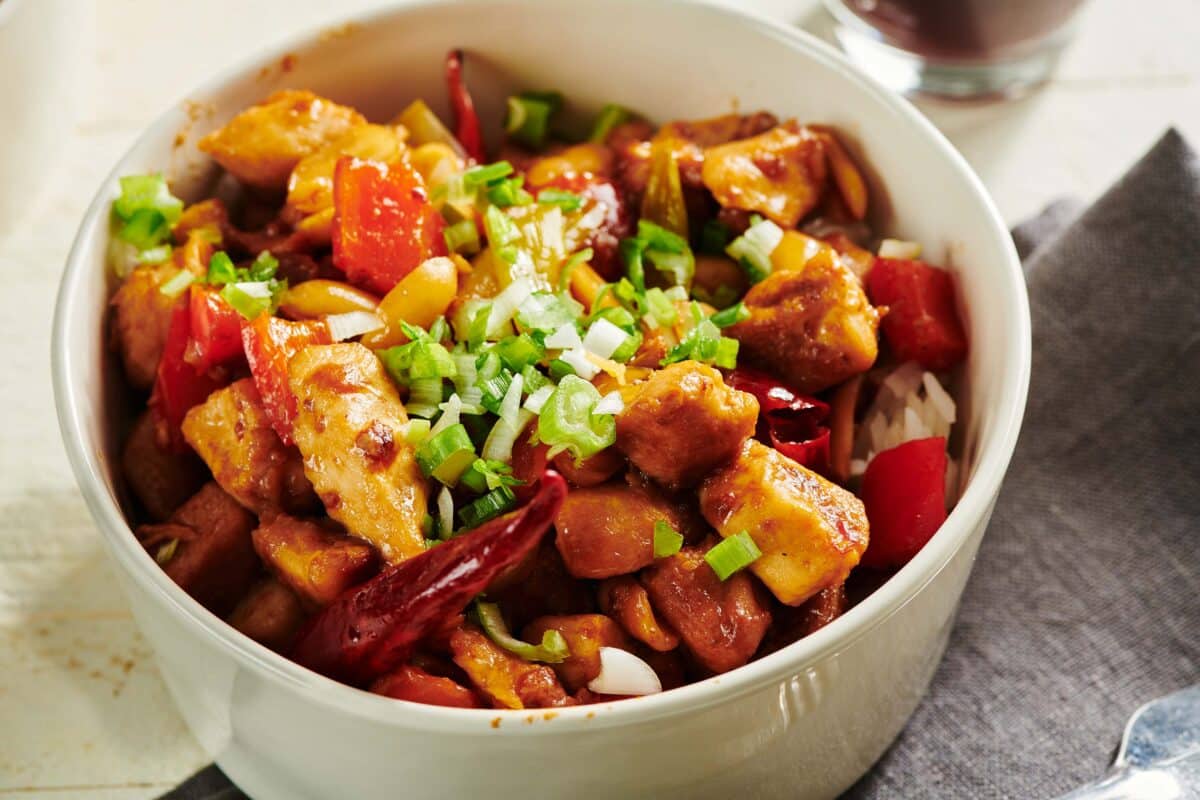
This Kung Pao Chicken is one of those recipes that really deserves to be a part of the regular dinner rotation. It has texture, it has a flexible amount of heat, and it has a ton of flavor. The ingredient list may look a little long, but the chopping goes quickly, as does the actual cooking.
And you should definitely try making it at home rather than getting takeout; you’ll be surprised at how easy it is. Serve it over perfectly cooked, steaming hot rice with some simple stir-fried vegetables on the side. Also, try this with Pineapple Shrimp Fried Rice or Asian greens.
By signing up, you agree to our Privacy Policy.
What's In This Post?
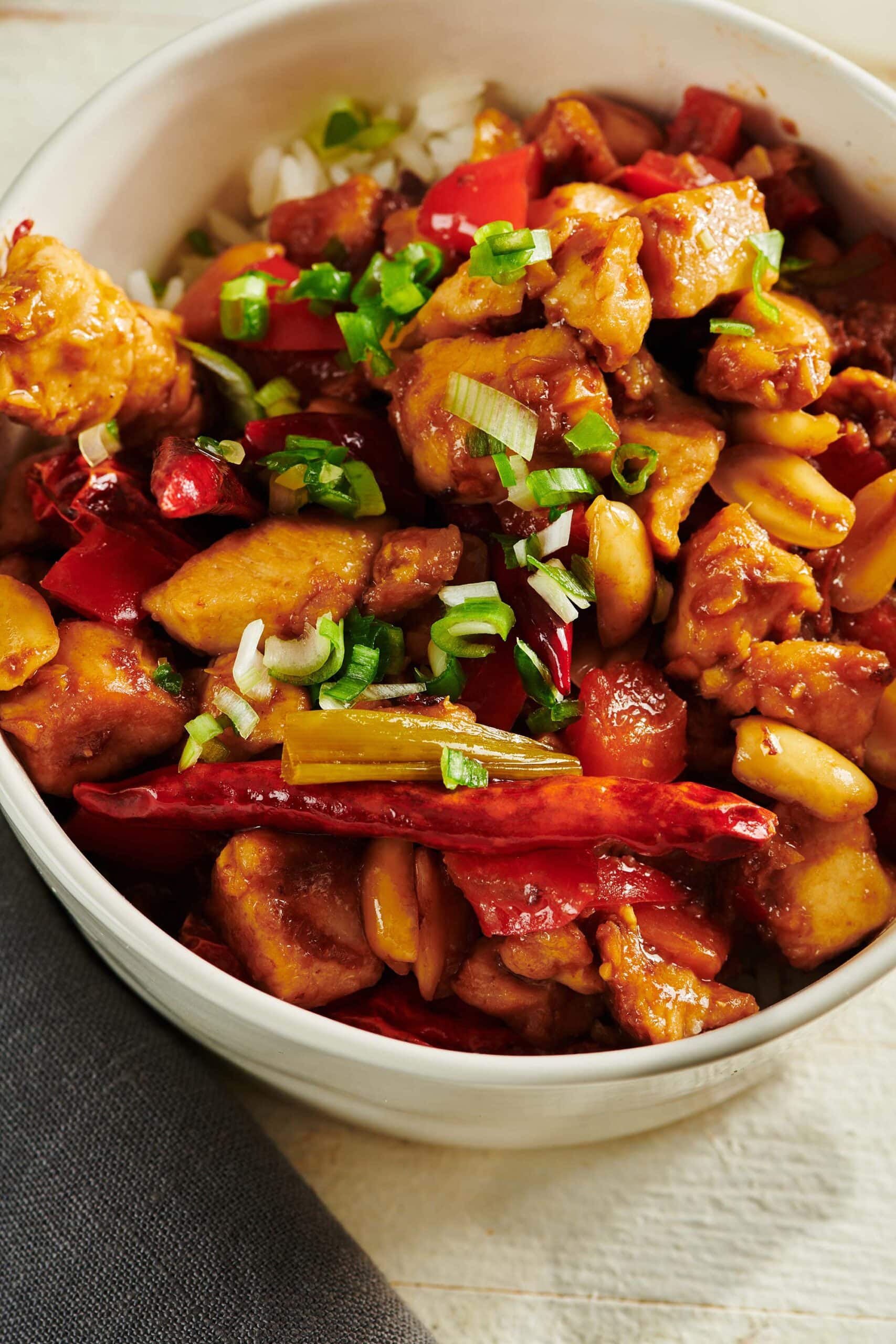
Kung Pao Chicken: This version of a classic and beloved Sichuan Chinese dish contains pan-fried chicken with scallions, peanuts, and a spicy red chili pepper sauce.
What Is Kung Pao Chicken?
Kung Pao chicken is a Sichuan Chinese chicken dish, which may be called Gong Bao or Kung Po. When something is made in the Kung Pao style, it means that the food is fried and then served with a spicy red chili pepper sauce, sometimes also including Sichuan peppercorns, usually with crunch from peanuts. Sliced scallions are also frequently part of the dish, often along with other vegetables.
I like my Kung Pao chicken on the spicy side, hence the generous amount of dried red chilis or red chili flakes, but if your family is not a bring-on-the-heat family, start with a smaller amount, taste, and add more if you wish.
Other Kung Pao recipes might also include hoisin sauce, oyster sauce, or chili sauce, and those would all be fine additions. I wanted to keep the ingredient list tighter, so I stuck with a more streamlined recipe, but you can add and play and fine-tune to your heart’s content.
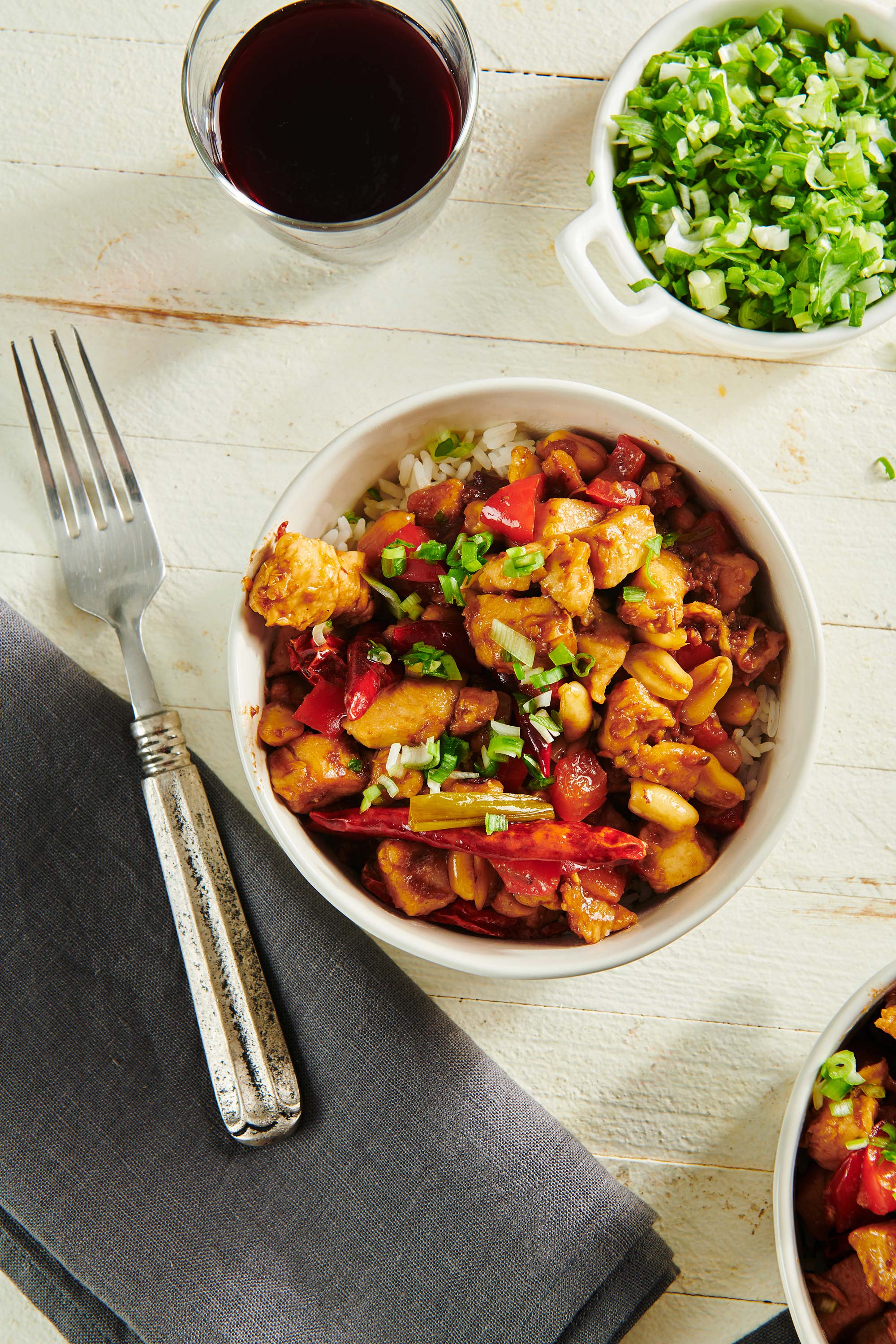
Ingredients
- Cornstarch – The chicken is coated with a mixture of cornstarch and soy sauce before adding flavor. This allows it to crisp up during the cooking process.
- Soy sauce – The soy sauce in this recipe is divided: part of it is used to coat the chicken before frying, and the rest goes into the sauce.
- Boneless chicken breasts or thighs – Since the chicken gets cut into small pieces and fried, this is a good place for both white and dark meat.
- Dry sherry or mirin – Mirin is a rice wine and can be found at most grocery stores with a Chinese section or your local Asian food store.
- Sugar – Adds a touch of sweetness to the sauce, balancing out the acidity and spice.
- Chicken broth – Adds extra flavor and smooths out the sauce.
- Balsamic vinegar or Chinese black vinegar – Balsamic is a slightly untraditional substitution to black vinegar, but I find it adds similar depth, acidity, and a touch of sweetness.
- Sesame oil – A small amount of this nutty, potent oil rounds out the sauce.
- Oil – Use any neutrally flavored oil that has a high smoke point, including peanut, vegetable, or canola oil.
- Red bell pepper
- Scallions – Use both the white parts and the green parts.
- Garlic – The base of most great stir fries!
- Ginger – Adds an amazing flavor to the dish (and makes your kitchen smell fantastic when cooking!).
- Peanuts – Adds nutty flavor and excellent crunch.
- Small dried red chili peppers – One teaspoon of dried red chili flakes will also work.
- Hot cooked rice – See How to Cook Perfect Rice on the Stove.
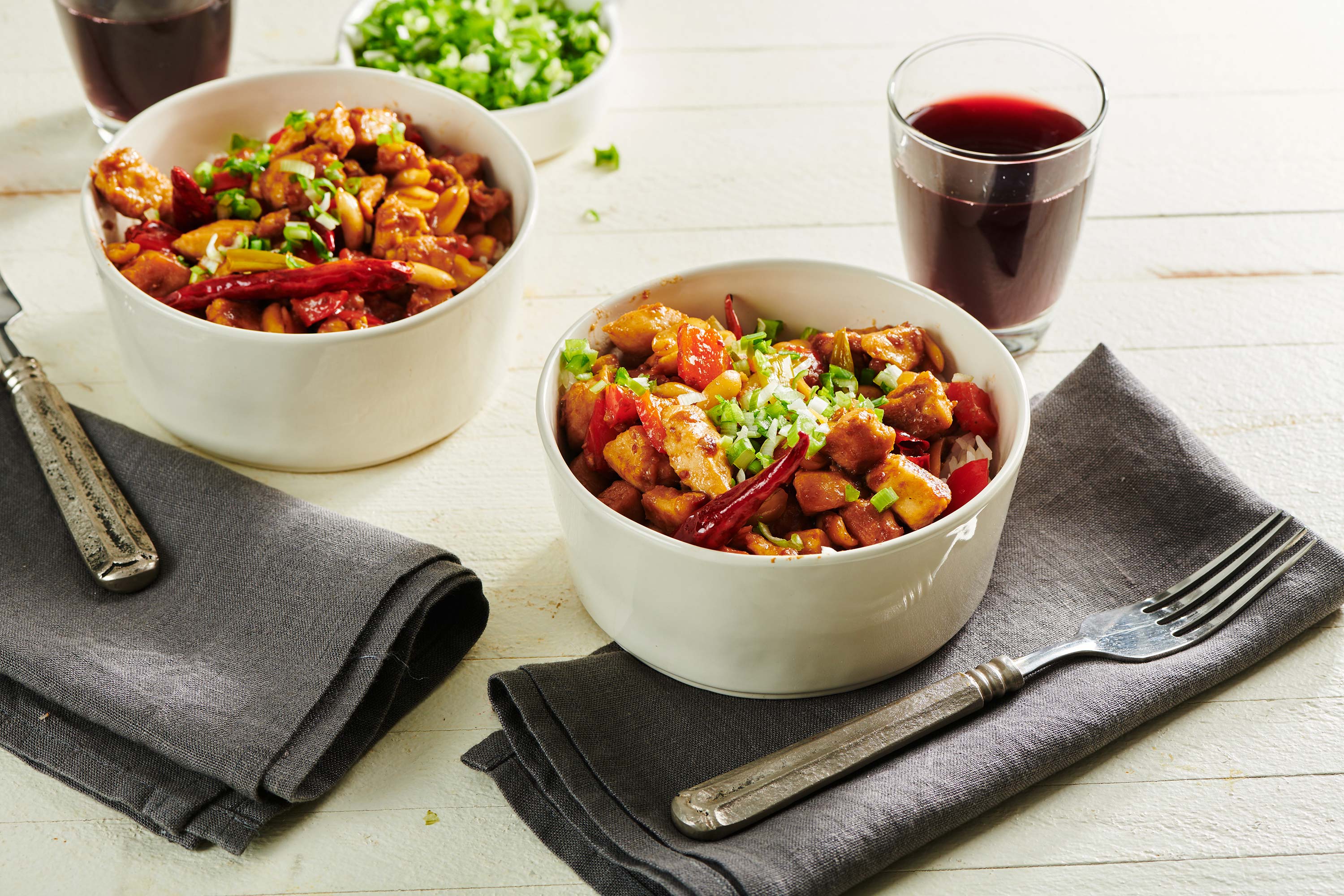
How to Make Kung Pao Chicken
- Prepare the chicken: In a large bowl, mix the cornstarch with 1 tablespoon soy sauce, then toss with the chicken to coat. Marinate in the fridge for 30 minutes if you have the time.
- Make the sauce: Combine the sauce ingredients.
- Stir-fry the chicken: Cook, stirring often, until the pieces turn white but not all the way cooked through; about 2 minutes for breast meat and 4 minutes for thighs. Remove to a plate with a slotted spoon.
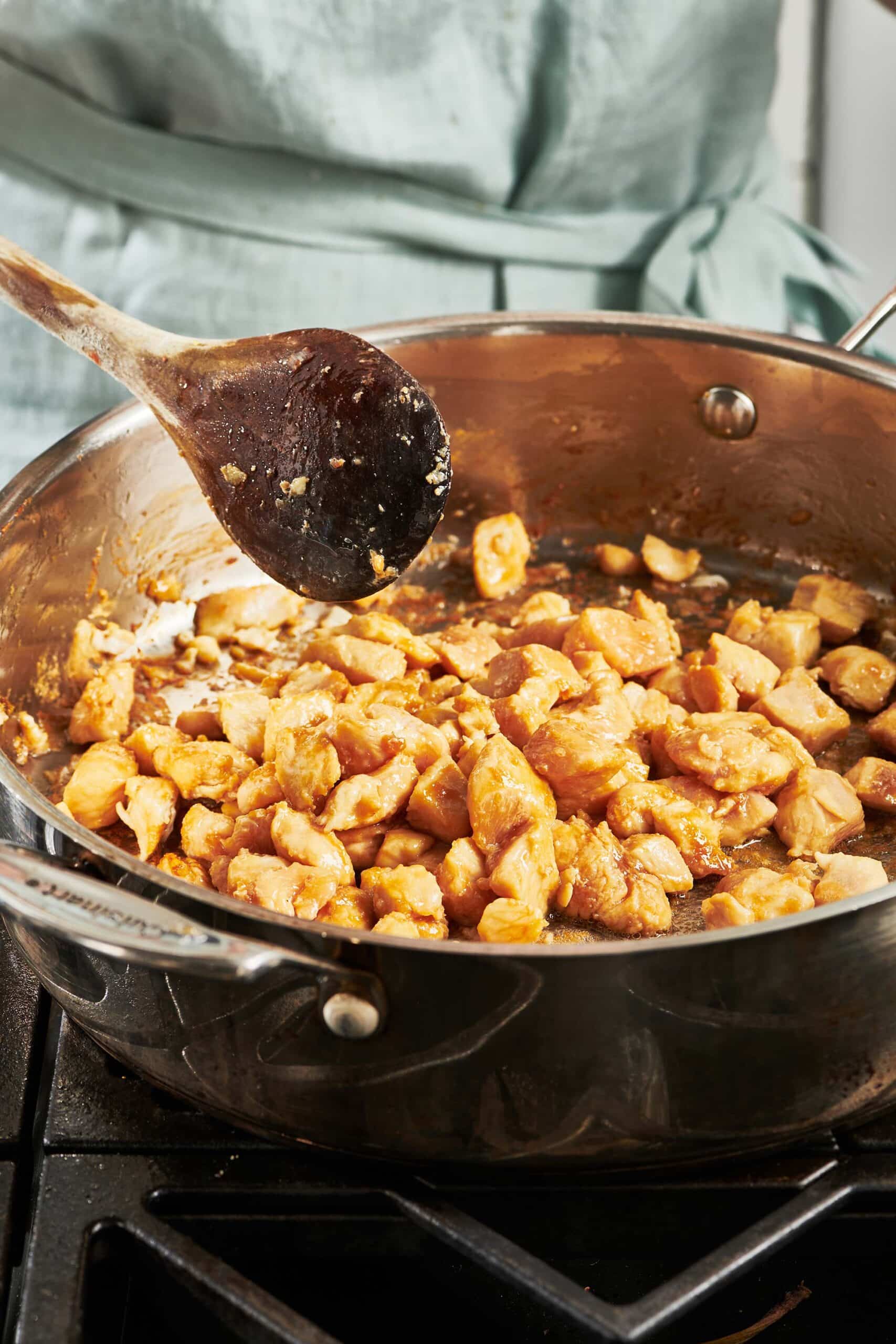
- Sauté the aromatics: Sauté the bell pepper briefly, then add some scallions, garlic, ginger, some peanuts, and the chili peppers or flakes and stir-fry for another minute.
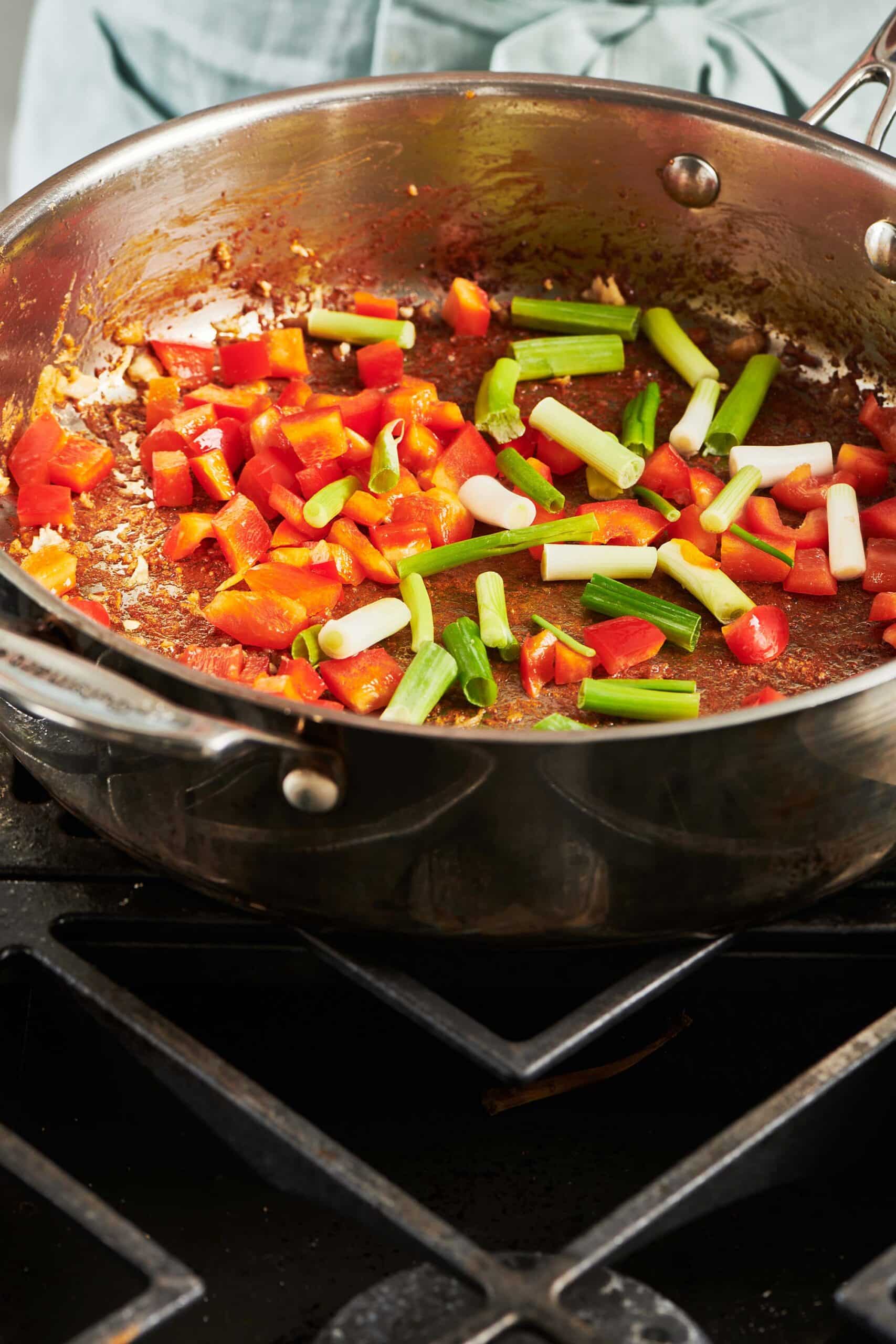
- Combine and cook: Add the chicken, stir-fry for another minute, then re-stir the sauce to blend and add that to the pan. Cook, stirring frequently, for about 2 more minutes until the chicken is cooked through and the sauce has thickened.
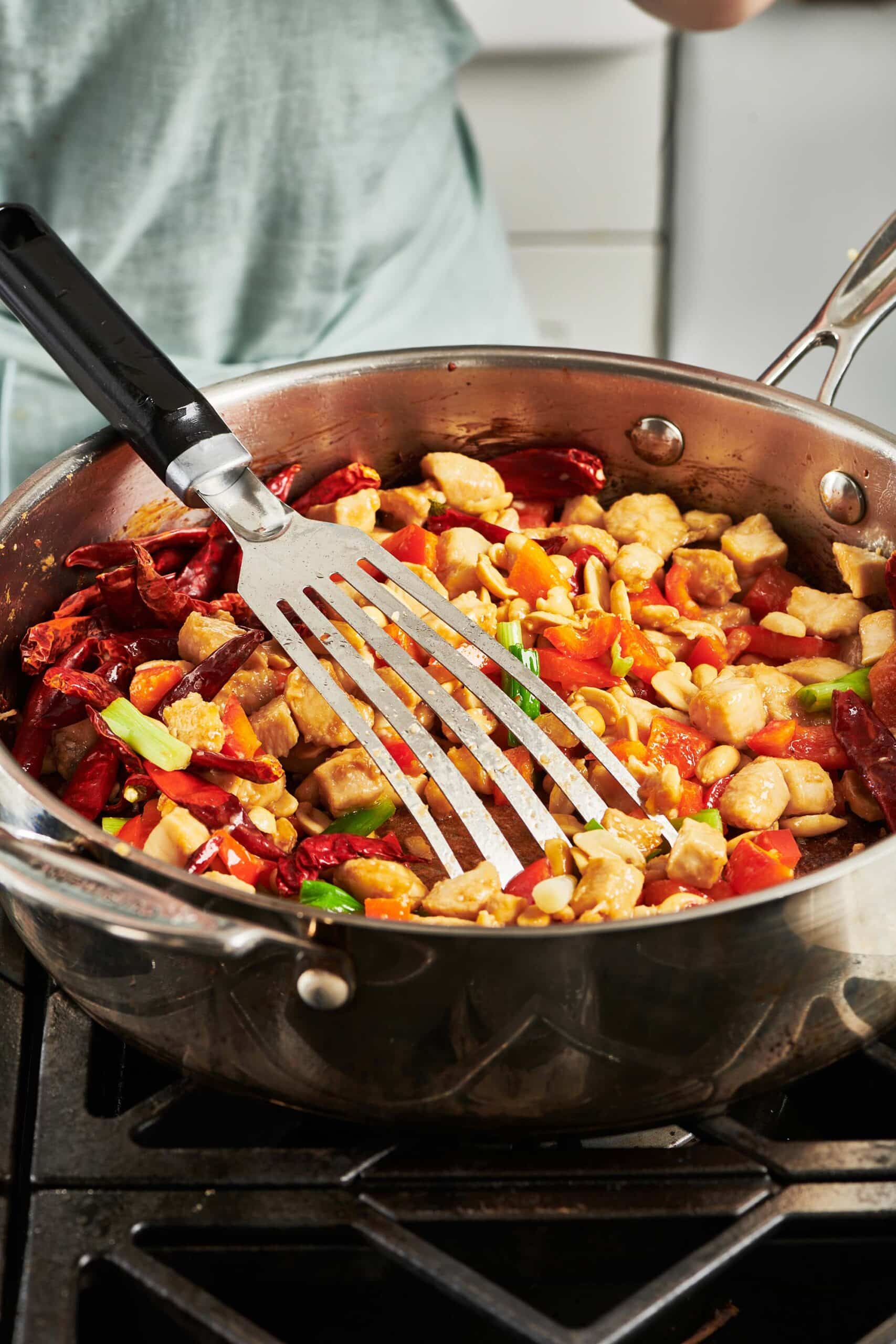
- Garnish and serve: Serve sprinkled with the remaining scallions and additional peanuts. Serve over hot rice, if desired.
Tips
- If you can’t find mirin, sherry is an acceptable substitution, but it is made of grapes rather than rice, so it will add a different flavor.
- Cooking the ingredients in batches allows them to cook more quickly and gives all of the components of this stir fry better color and texture.
FAQs
You will notice that this recipe has the surprising addition of balsamic vinegar. It’s not all that traditional in Asian-inspired recipes. The first time I added balsamic vinegar to a Chinese recipe, it was by accident. I thought I was reaching for the soy sauce bottle, and before I realized what I was doing, I had added a hefty glug to the pan. And it turned out to be terrific, adding a bit of sweetness and acidity and depth, all things that are an integral part of what makes much Asian cooking so great. If you have Chinese black vinegar, please use that instead.
Traditional Kung Pao Chicken is very spicy, especially to the Western palate. The spicy dried red chili peppers are what give Kung Pao its signature flavor. However, the great thing about making Kung Pao Chicken at home is that you get to adjust the spice level according to your tolerance. I use ½ cup of dried chilis in this recipe, but feel free to use only ¼ cup if you want a more subtle heat. If you really hate spice, you can skip them!
Kung Pao chicken contains chicken that is fried and then coated in a sticky hot pepper sauce. It is often topped with peanuts, scallions, and sliced vegetables. The precise ingredients of the sauce vary from recipe to recipe, but it will generally contain dried red chili peppers, soy sauce, sugar (or something else sweet, like honey and brown sugar), and an acidic element like Chinese black vinegar.
What to Serve With Kung Pao Chicken
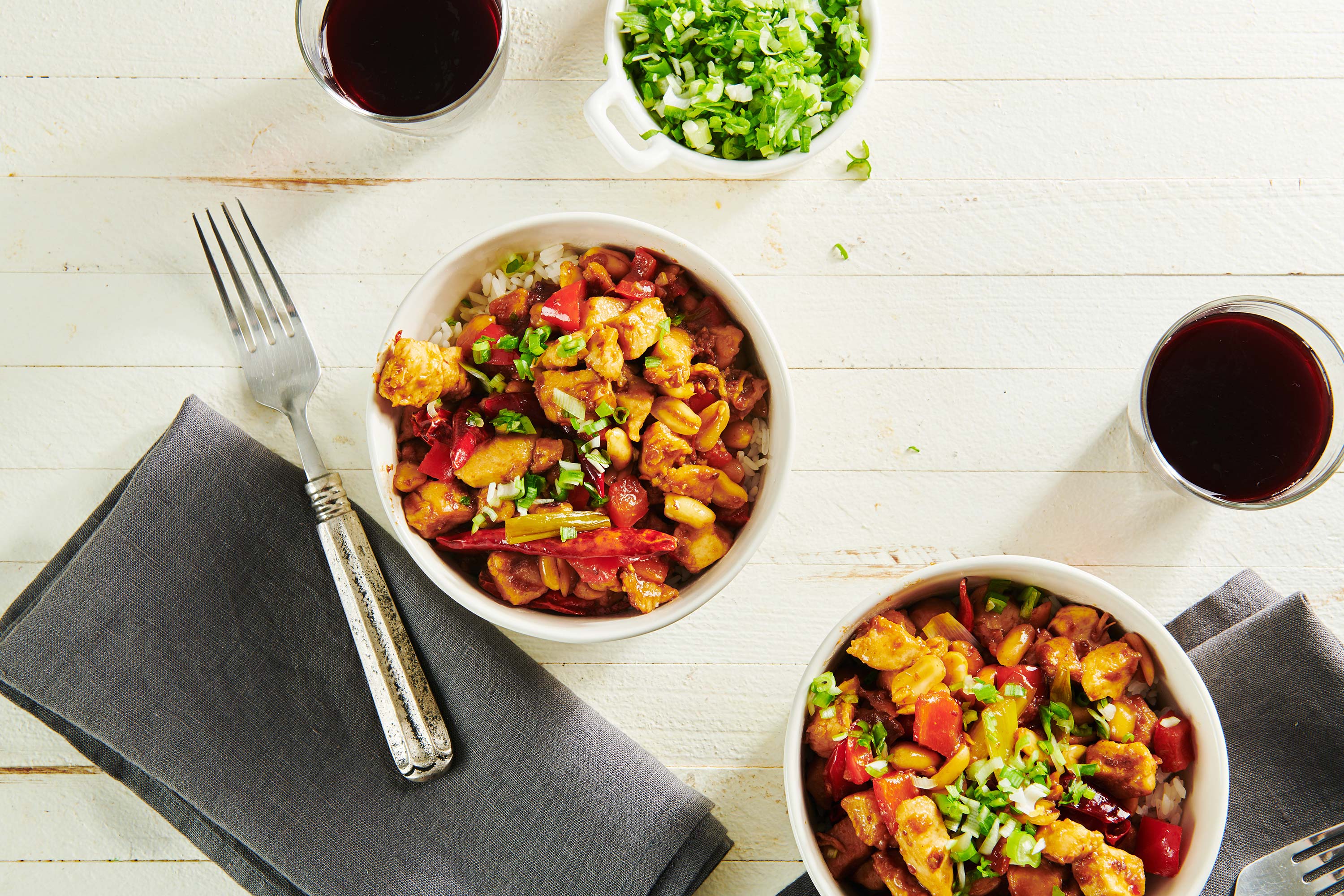
More Asian-Style Chicken Recipes
- Easy General Tso’s Chicken
- Butter Chicken (Murgh Makhani)
- Chinese Chicken Salad
- Asian Stir-Fried Chicken and Rice Noodles
- Chicken Yaki Udon
Pin this now to find it later
Pin It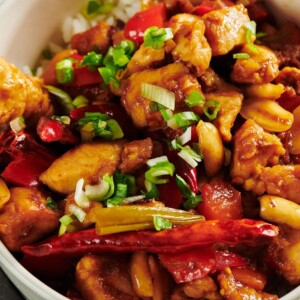
Kung Pao Chicken
Ingredients
- 1 tablespoon cornstarch
- 4 tablespoons soy sauce (divided; preferably less-sodium)
- 1 pound boneless chicken breasts or thighs (diced into bite-sized pieces; about ¾-inch)
- 3 tablespoons dry sherry or mirin (slightly sweet Japanese cooking wine)
- 2 tablespoons sugar
- ¼ cup chicken broth
- 1 tablespoon balsamic vinegar or Chinese black vinegar
- 1 tablespoon sesame oil
- 3 tablespoons peanut (vegetable or canola oil; divided
- 1 red bell pepper (cored, seeded and diced)
- 5 scallions (white and green parts;, cut into 1/2-inch pieces, divided
- 1 teaspoon minced garlic
- 1 teaspoon minced fresh ginger
- ½ cup salted peanuts (plus more for garnish)
- ½ cup small dried red chili peppers (or 1 teaspoon dried red chili flakes; or to taste)
- Hot cooked rice (to serve; optional)
Instructions
- In a large bowl mix the cornstarch with 1 tablespoon soy sauce, then add the chicken and toss to combine and coat the chicken well. Marinate in the fridge for 30 minutes if you have the time.
- In a small bowl or container, mix together the remaining 3 tablespoons soy sauce, sherry, sugar, chicken broth, balsamic vinegar, and sesame oil. Set aside.
- Heat 2 tablespoons of the oil in a large skillet or wok over medium-high heat. Add the chicken and stir fry until the pieces turn white but are not all the way cooked through; about 2 minutes for breast meat, 4 minutes for thighs. Remove to a plate with a slotted spoon.
- Heat the remaining tablespoon of oil in the same skillet over medium-high heat. Add the bell pepper and stir fry for 1 minute, then add about ⅔ of the scallions, the garlic, ginger, ½ cup peanuts, and the chili peppers or flakes and stir fry for another minute until you can smell the garlic and ginger. Add the chicken, stir fry for another minute, then re-stir the sauce to blend and add that to the pan. Cook, stirring frequently, for about 2 more minutes until the chicken is cooked through and the sauce has thickened.
- Turn into a serving dish and sprinkle with the remaining scallions and additional peanuts. Serve over hot rice, if desired.
Notes
- I like my Kung Pao chicken on the spicy side, hence the generous amount of dried red chilis or red chili flakes, but if your family is not a bring-on-the-heat family, start with a smaller amount, taste, and add more if you wish.
- If you can’t find mirin, sherry is an acceptable substitution, but it is made of grapes rather than rice, so it will add a different flavor.
- Cooking the ingredients in batches allows them to cook more quickly and gives all of the components of this stir fry better color and texture.
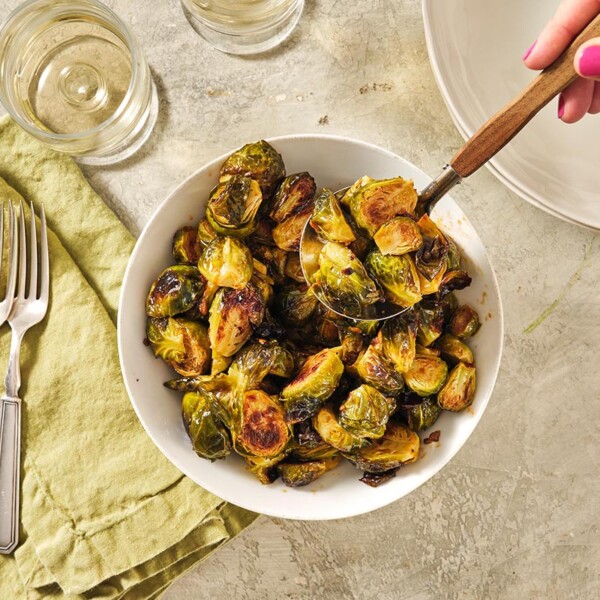
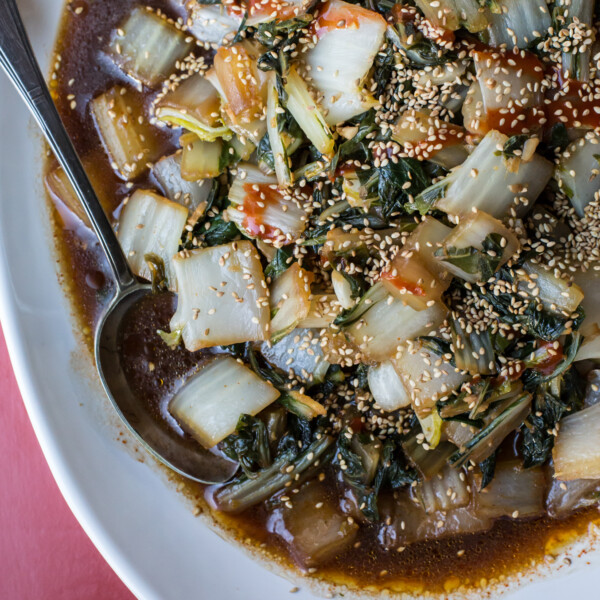
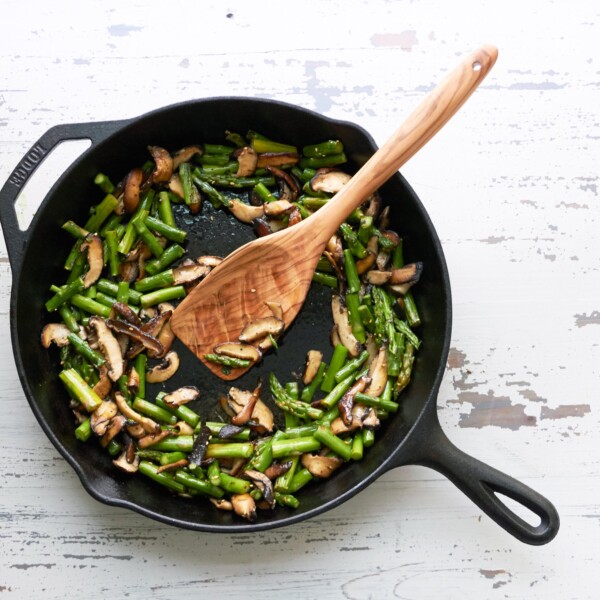
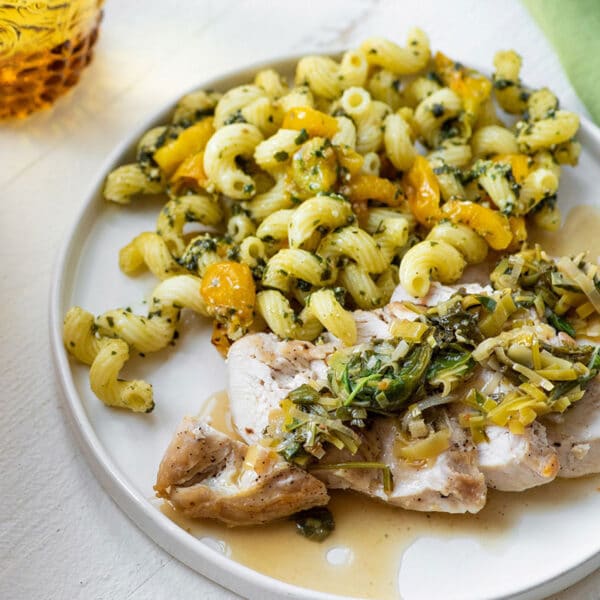
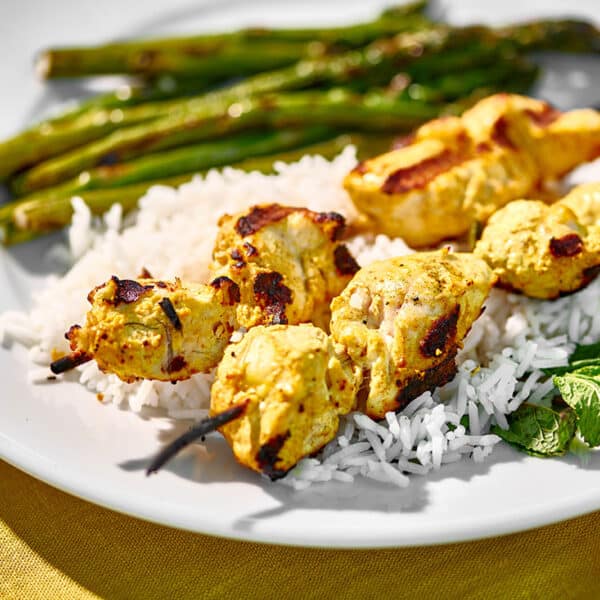
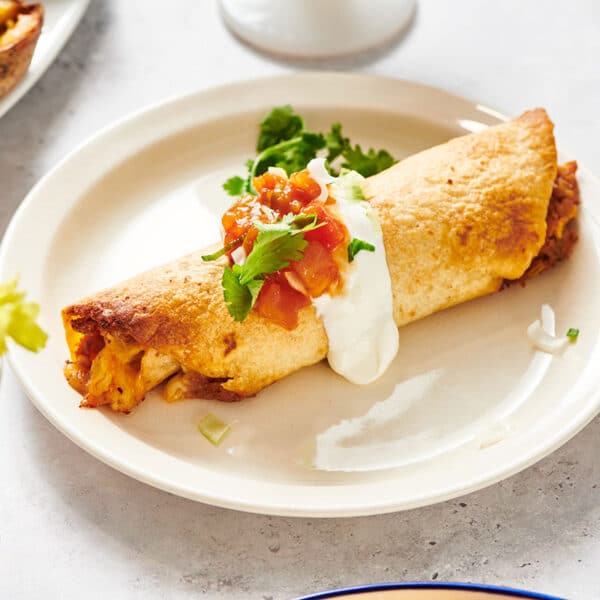
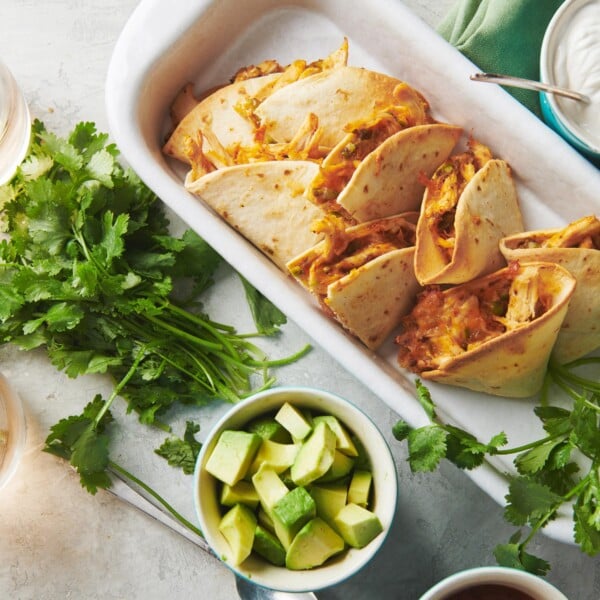









A great Kung Pao recipe! Added some stir-fry veggies because they needed to be used. And, if you want even more of a spicy kick, a bit (take it easy!) of chili paste or oil does the trick. A keeper in our quick stir-fry recipe list!
This Kung Pao Chicken is so so delicious!!